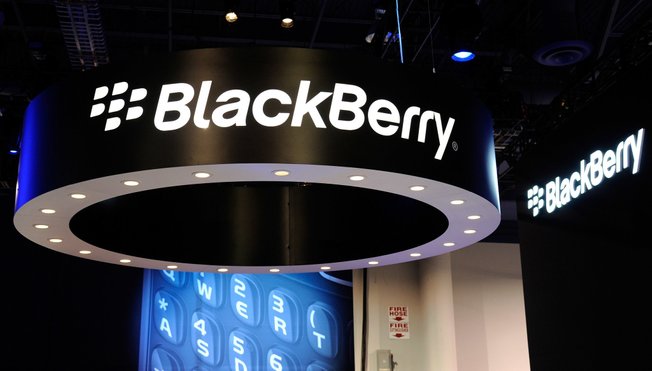Budget Line:
The budget
line is an important element analysis of consumer behavior. The indifference map
shows people’s preferences for the combination of two goods. The actual choices
they will make, however, depends on their income. The budget line is drawn as a
continuous line. It identifies the options from which the consumer can choose
the combination of goods.
Diagram/Figure:
In the fig.
3.9 the line AF shows the various combinations of goods the consumer can
purchase. This line is called the budget line.
It shows 6
possible combinations of packets of biscuits and packets if coffee which a
consumer can purchase weekly. These combinations are indicated by points A, B,
C, D, E and. Point A indicates that 10 packet of biscuits can be purchased if
the entire income of $60 is devoted to the purchase of biscuits. Similarly,
point F shows the purchase of 5 packets of coffee for the entire income of $60
per week.
The budget
line AF indicates all the combinations of packets of biscuits and packets of
coffee which a consumer can buy given the assumed prices and income. In case, a
consumer decides to purchase combination of goods inside the budget line such as
G, then it involves a total outlay that is smaller then the amount of $60
per week. Any point outside the budget line such as H requires an outlay larger
than the consumer’s weekly income of $60.
The slope of
the budget line indicates how many packets of biscuits a purchaser must give up
to buy one more packet of coffee. For example, the slope at point B on the
budget line is ∆Y / ∆X or 8 packets of biscuits, 1 = packet of coffee. This
indicates that a move from B to C involves sacrificing two packets of biscuits
to gain an additional one packet of coffee. Since AF budget line is straight,
the slope is constant at -2 packets of biscuits per one packet of coffee at all
points along the line









